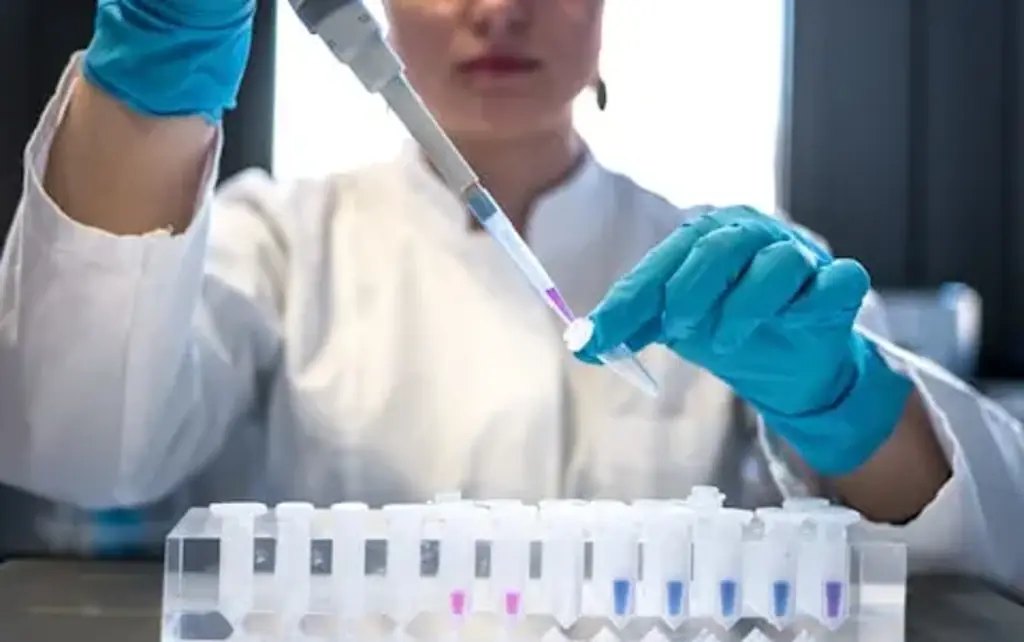NASA's Perseverance rover has managed to create oxygen on the surface of Mars for the first time.
According to an official statement posted on the website of the space agency, the six-wheeled robot used a special device called "MOXIE" - which stands for: "Mars Oxygen In-situ Resource Utilization Experiment."
This cutting-edge gadget takes the form of a small, gold box-shaped instrument that uses electrolysis technology to pull in CO2 found in the red planet's atmosphere and use that to generate oxygen.
NASA reports that Perseverance was able to produce 5.4 grams of breathable oxygen in the space of an hour after its first test.
Furthermore, the space agency hopes that it will soon be capable of producing up to 12g of oxygen per hour, or approximately 288g per day, which is about the same amount generated by one small tree in good conditions back on Earth.
It is hoped that this new advancement will provide viable technology to generate a plentiful supply of breathable oxygen for NASA astronauts in their future endeavors in the field of space exploration and study.
Jim Reuter, the associate administrator of NASA’s Space Technology Mission Directorate, commented on the recent innovation by stating: "This is a critical first step at converting carbon dioxide to oxygen on Mars.
"MOXIE has more work to do, but the results from this technology demonstration are full of promise as we move toward our goal of one day seeing humans on Mars.
"Oxygen isn’t just the stuff we breathe. Rocket propellant depends on oxygen, and future explorers will depend on producing propellant on Mars to make the trip home."
Meanwhile, Trudy Kortes, director of technology demonstrations, added: "MOXIE isn’t just the first instrument to produce oxygen on another world.
"It's taking regolith, the substance you find on the ground, and putting it through a processing plant, making it into a large structure, or taking carbon dioxide (the bulk of the atmosphere) and converting it into oxygen.
"This process allows us to convert these abundant materials into useable things: propellant, breathable air, or, combined with hydrogen, water."















